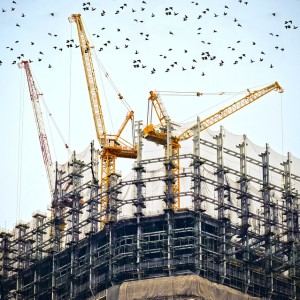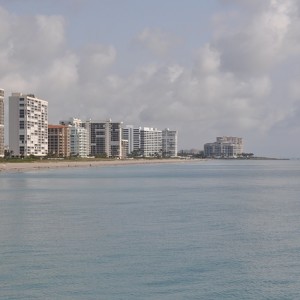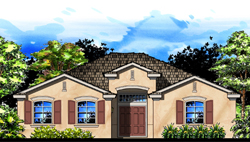Pre Construction Investment by Foreign Investors
Pre Construction Investment by Foreign Investors
 Foreign Home Buyers and Pre Construction Investment
Foreign Home Buyers and Pre Construction Investment
In the past few years, the pre-construction investment by foreign investors was mainly fueled by the rock-bottom prices and a weak dollar that combined have created a feast for the cash buyers. While a large segment of these investments has been directed toward the bank-owned REO properties but some foreign investors, as absentee owners, are staying away from such properties that are in need of repair and maintenance. For those investors, the pre-construction opportunities have become the second best option in taking advantage of the currency atmosphere that makes the acquisition of these pre-construction properties a bargain for residents of EU region and other countries with the stronger currency.
The foreign pre-construction buyers are from all over the world, but we could divide them into the buyers from the neighboring countries, European countries, and the rest of the world. In the neighboring countries, the segment of the population that have the financial means to afford a property in the US are attracted to the pre-construction market for the reasons of safety, security in investment and climate. The states like Florida, California, and Texas have been a Mecca for most of the foreign home buyers.
When it comes to European pre-construction investors, besides the mentioned reasons there are also social factors that separate them from the rest of the pack. Even before the formation of the European Union, the people of Europe were accustomed to travel to the neighboring countries for their vacation. While the most European travelers speak more than one language they also feel comfortable traveling or living abroad, which in their case could be the country next door. This is in contrast to most Americans that prefer to venture around the good old USA and feel out of water in foreign countries especially if the primary language is not English. Unlike in the US that most people are limited to one or two weeks of vacation, most European enjoy at least a month vacation along with some long holidays and also prefer owning a second home instead of staying in hotels. While only in recent years, and by the influx of the retiring baby boomers, owning a second home in has become popular with American retirees, the European on the other hands have been more accustomed to that for many years.
In these challenging days for pre-construction sales, the developers need to reach out to the foreign buyers whom thanks to their strong currencies, find the US properties and prices much more attractive than the average American or South American home buyers or investors with weaker currencies. The Canadians also have been a great target for the developers in the states with a warmer climate specifically the Florida. Tapping to the foreign investors could become a survival factor for many developers in this volatile market and while most seasoned developers are doing that, the rest could reach out by contacting real estate professionals with experience in international real estate.


 Buying Pre-Construction Condos
Buying Pre-Construction Condos Investing in Pre-construction
Investing in Pre-construction
 Pre-construction Opportunities for 2015
Pre-construction Opportunities for 2015

 Top Ten Reasons to Invest In Pre-Construction Real Estate
Top Ten Reasons to Invest In Pre-Construction Real Estate